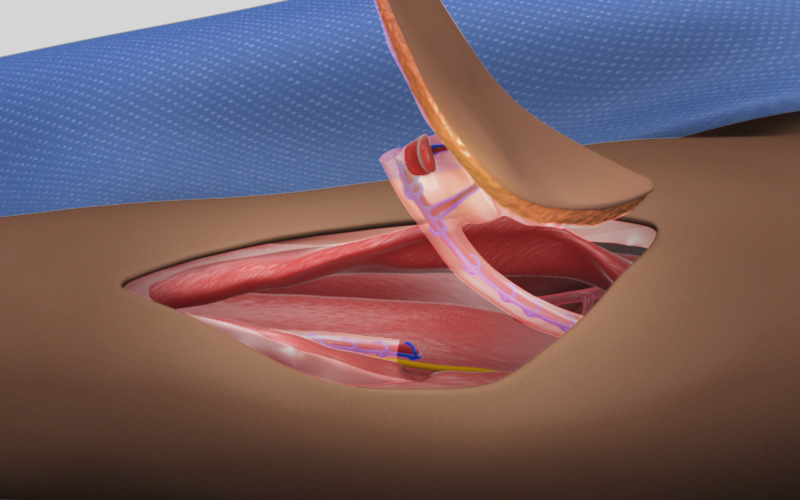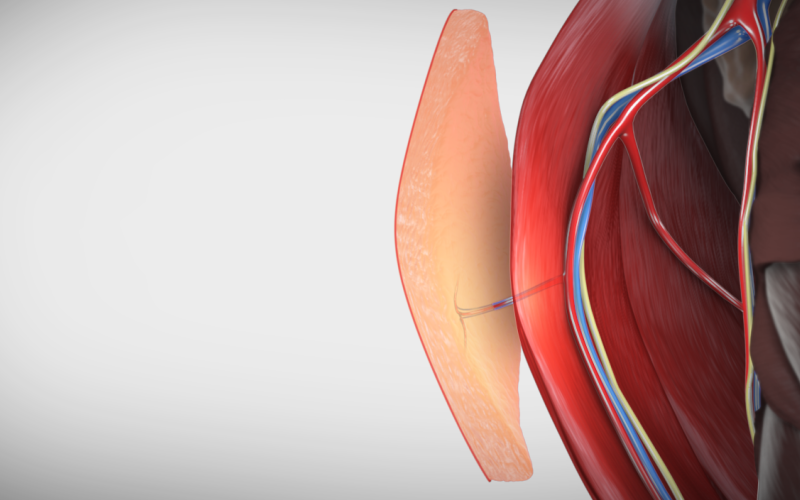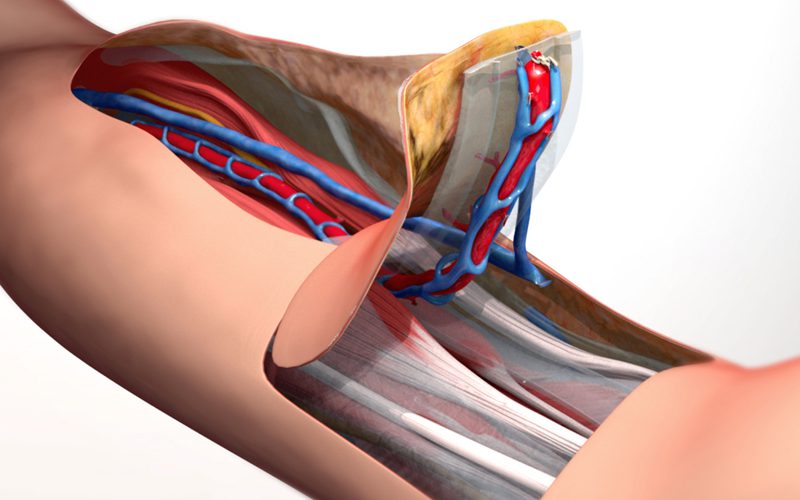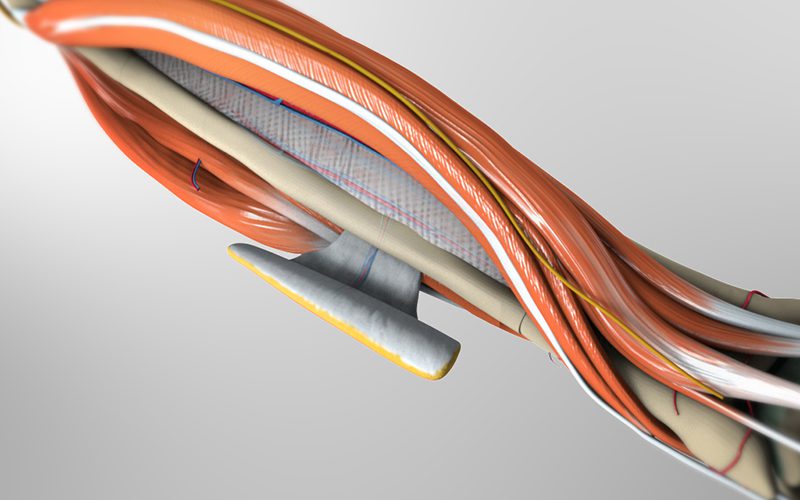CRICOTRACHEAL RESECTION
for subglottic tracheal stenosis
00:13 Surgical planning
03:18 Patient position
03:42 Exposure and dissection
06:39 Cricotracheal resection
10:43 Reconstruction
Case description
- Patient diagnosed with subglottic tracheal stenosis, a condition that restricts the airway and makes respiration difficult.
- A cricotracheal resection procedure will be performed to remove the stenotic portion.
- Care is taken to avoid the recurrent laryngeal nerve throughout the procedure.
- The airway is opened by cutting directly into the stenosis, minimizing the amount of trachea to be resected.
- On the distal end of the divided trachea, the stenotic portion is removed, and stay sutures are placed on both sides, at the junction of the membranous and cartilaginous portion.
- On the proximal end, the anterior third of the cricoid cartilage is resected, followed by removing the stenotic portion of the trachea. The posterior wall of the cricoid cartilage is thinned down to ~40% of its thickness.
- The stay sutures from the distal trachea are placed on the proximal portion, through the mucosa and cricoid cartilage.
- The posterior wall anastomosis is performed with a running suture.
- It is critical that the stay sutures are tensioned prior to tensioning the posterior wall anastomosis. This prevents the delicate membranous tracheal tissue.
- The edges of the trachea are approximated, followed by the tightening of the posterior wall anastomosis.
- Interrupted sutures are placed for the anterior wall anastomosis, and a T-tube is placed for support.
- The upper limb of the T-tube should be positioned just above the vocal cords.
- A tracheotomy is made in the distal trachea for the T-tube side arm.




